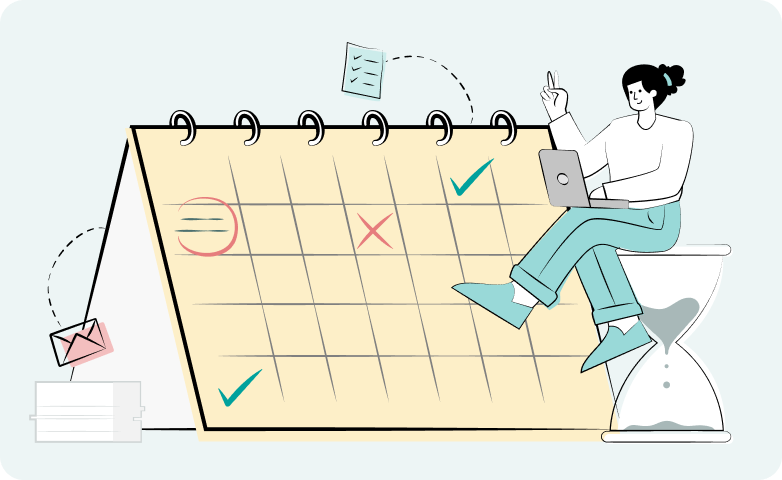

Do you ever have the moments where you are working and time just flies by and you make an unreasonable amount of progress? It might have been on the job. It might have been on your own projects or hobbies. The experience is called flow state and there has been a lot of studies performed to find out how to get into it and how to maintain it.
Flow, or being in the zone, is a part of the human experience, but it was called out and labeled by psychologist Mihály Csíkszentmihályi in 1975. It came out of his fascination with artists who would “lose themselves” in their work, often not eating or drinking or even sleeping while in this productive state.
Mihaly realised that if he could understand how and why flow happens, it might be a learnable skill that can benefit everyone.
The productive state of flow comes about from one of our essential limitations. Our brains can only process so much of our moment-to-moment experience. For example, you cannot listen to and understand two people talking to you at the same time.
During the state flow all of your sensory processing is taken up by what you are doing so you have no bandwidth to be aware of time or hunger or other sensations.
Reaching this level of engagement takes practice and deep familiarity with the activity being performed. A large part of Mihaly’s research was in uncovering the necessary factors for entering the flow state.
Mihaly’s work led him to the 9 specific conditions needed for the flow state. These are:
What they mean, in summary, is that you have to know what you’re doing, it can’t be too hard or too easy, you can’t be interrupted, and it has to be something you want to do. A process where you can constantly judge how well you are doing is also a necessity.
The most important factor, and the hardest to achieve in an office, is lack of interruptions. This is why those super-productive people wake up at 4am to work or stay back after everyone has gone home.
After that, it’s all about choosing the right task. If you’re looking forward to it, that’s a good start. If you are facing it with little doubt that you can do the work and finish it, then you’re just about there. All you need to do now is start and see how long you can go without stopping.
This is the reason why so much research has been performed around flow. It is the state where people work or play at their peak performance level. There is something powerfully fulfilling and powerfully effective at performing regularly at that level. The difficult becomes doable. The impossible becomes possible. What might take days can take hours.
So go take over a meeting room for an hour or two, get in the flow, and see what you can accomplish.

This productivity strategy comes from a late 18th century French writer, Nicholas Chamfort. His advice has been translated, misquoted and…

It’s time to think about exercise and focus Maybe another coffee is not the best option. There is an alternative…

It wasn’t a real tomato. It was a kitchen timer shaped like a tomato. Very kitsch, but it was the…

There is so much we need to do and even more that we want to do. The two most common…
It does the math so you don't have to. It keeps track of your projects, what you need to do, how much time you have, and when they’re due. When you finish a task Pepy suggests what to work on next based on your priorities so all your projects get the love they need.